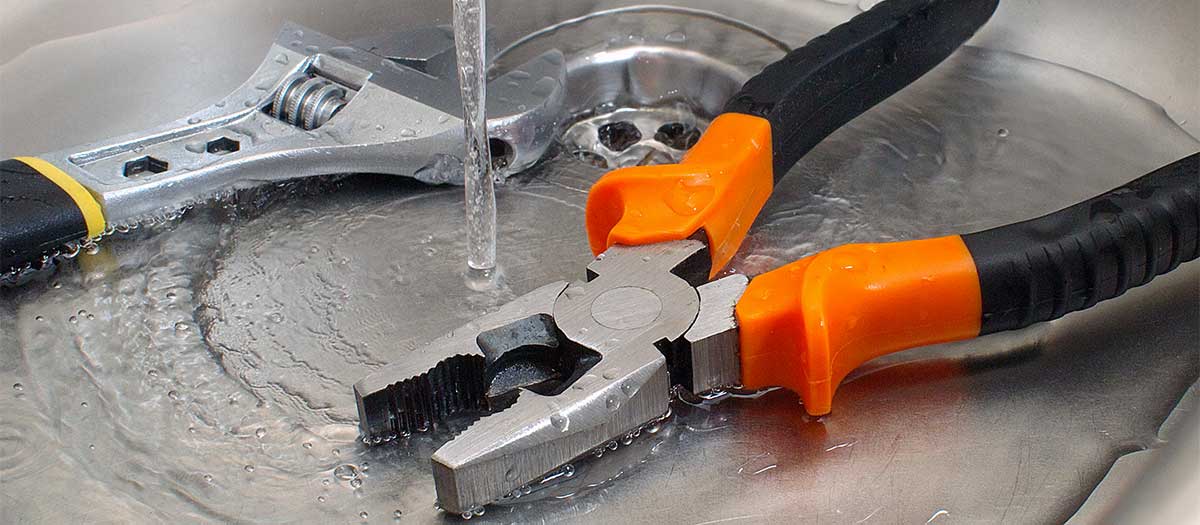Overview To Water Leak Discovery At Home
Overview To Water Leak Discovery At Home
Blog Article
The author is making a few great points related to Detecting hidden plumbing leaks as a whole in this post which follows.

Early discovery of leaking water lines can alleviate a potential catastrophe. Some little water leakages might not be visible.
1. Check Out the Water Meter
Every house has a water meter. Examining it is a proven manner in which assists you find leakages. For starters, turn off all the water sources. Guarantee no person will certainly flush, utilize the tap, shower, run the washing equipment or dish washer. From there, go to the meter and watch if it will alter. Considering that no one is utilizing it, there must be no motions. If it relocates, that shows a fast-moving leakage. Likewise, if you find no changes, wait an hour or more and check back once more. This implies you might have a slow leak that might also be below ground.
2. Inspect Water Intake
If you find abrupt adjustments, despite your usage being the same, it indicates that you have leakages in your plumbing system. An abrupt spike in your costs shows a fast-moving leakage.
A consistent boost every month, even with the very same behaviors, reveals you have a sluggish leak that's additionally gradually intensifying. Call a plumber to thoroughly check your building, particularly if you really feel a cozy location on your flooring with piping beneath.
3. Do a Food Coloring Examination
30% comes from bathrooms when it comes to water consumption. Examination to see if they are running appropriately. Decrease flecks of food shade in the tank and also wait 10 minutes. If the shade somehow infiltrates your dish during that time without flushing, there's a leak between the tank and also dish.
4. Asses Outside Lines
Don't fail to remember to examine your outdoor water lines as well. Ought to water permeate out of the connection, you have a loosened rubber gasket. One little leakage can waste lots of water as well as increase your water bill.
5. Examine and also Evaluate the Circumstance
Homeowners must make it a practice to inspect under the sink counters and also inside cupboards for any bad odor or mold growth. These two warnings suggest a leakage so prompt attention is called for. Doing regular assessments, also bi-annually, can conserve you from a major issue.
Examine for stainings and deteriorating as the majority of appliances and also pipelines have a life expectancy. If you suspect dripping water lines in your plumbing system, do not wait for it to rise.
Early discovery of leaking water lines can alleviate a possible disaster. Some little water leakages might not be noticeable. Checking it is a proven means that helps you uncover leakages. One little leakage can throw away lots of water as well as spike your water costs.
If you suspect leaking water lines in your plumbing system, do not wait for it to rise.
How to Know If Your Home Has a Hidden Leak
Water Meter Reveals Inexplicable Water Usage
If you’d like to test whether or not there’s a leak somewhere in your home, you can do this using your water meter. Here is how to conduct the test:
Don’t use any water in your home for at least 30 minutes; this also means not turning on faucets or water-using appliances.
Go outside, and check your water meter for activity.
If your water meter shows that there was activity, even though no one was using any water, this proves that there is a leak in your home.Visible Mold or Mildew Growth
Leaks behind walls create moist, dark environments that allow mold and mildew to grow and thrive. Eventually, you might see mold growth forming on the wall closest to a hidden leak.
If mold is growing in an area that receives a high amount of moisture, such as a bathroom, it may simply be an indication that better ventilation is needed. However, if you see mold growth on a wall or the ceiling in an area where you would not expect, you probably have a hidden leak.
Musty, Mildew Odor
Sometimes you might not be able to see the mold or mildew that is growing as a result of a leak. However, the smell can give the problem away just as easily. If you catch a whiff of something musty, there’s a good chance that old water is collecting somewhere in your home that you can’t see.
Stained/Warped Walls, Ceilings, or Floors
When your home soaks up water, a variety of red flags can become visible, including ceiling stains, bubbling drywall, warped walls, and sagging floors. While these issues can be caused by excess humidity, they can also be signs that a pipe or plumbing connection has started leaking behind your walls.
Inexplicably High Water Bill
After a while, you get a general sense for what your water bill should be. If you own a pool or sprinkler system, your bill will tend to be higher during summer. However, if you receive a water bill that seems especially high, and you can’t figure out what caused it, then you may have a hidden leak somewhere that’s increasing your bill.
https://www.plumbingjoint.com/blog/2019/july/how-to-know-if-your-home-has-a-hidden-leak/

As a fervent person who reads on Leaking water lines, I assumed sharing that portion was essential. Appreciated our blog entry? Please share it. Help others find it. Thanks so much for going through it.
Report this page